Home>Technology>Security & Surveillance>How Does A Smart Door Lock Work
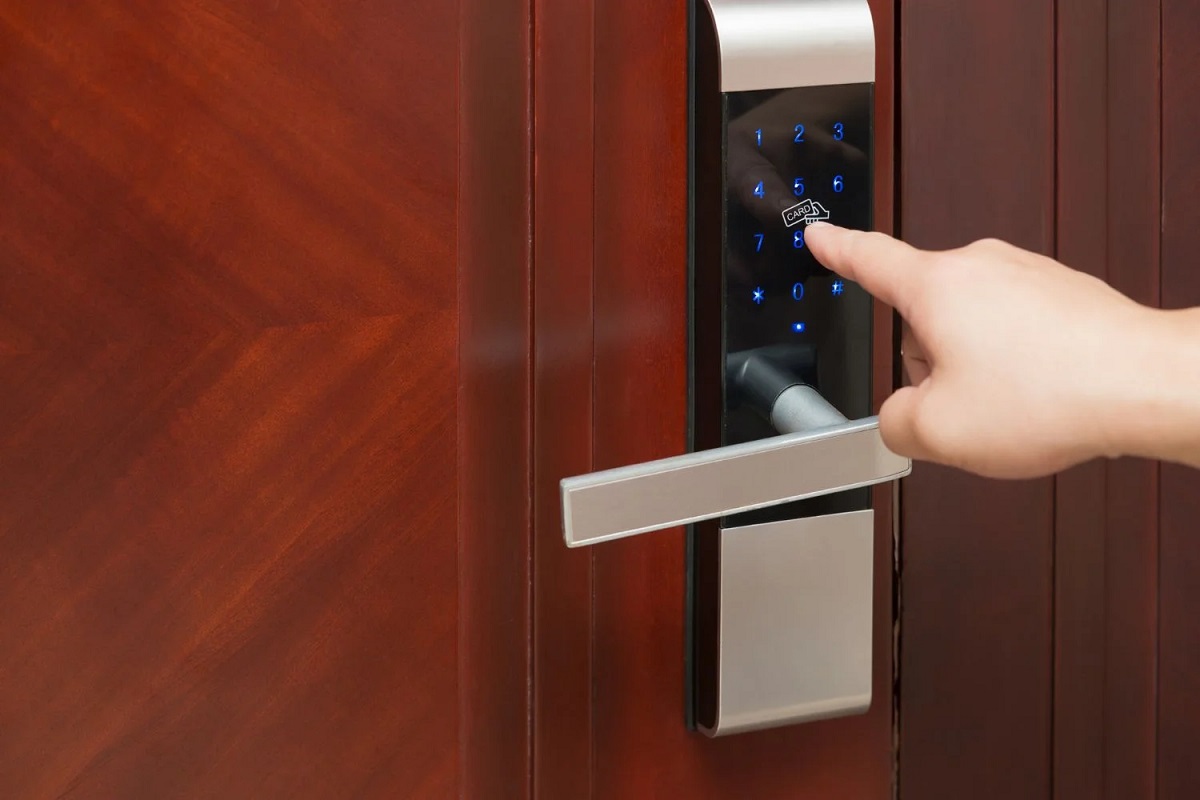

Security & Surveillance
How Does A Smart Door Lock Work
Modified: January 3, 2024
Discover how a smart door lock enhances your security and surveillance. Learn how this innovative technology works to protect your home and loved ones. Unlock the power of smart security today!
(Many of the links in this article redirect to a specific reviewed product. Your purchase of these products through affiliate links helps to generate commission for Storables.com, at no extra cost. Learn more)
**
Introduction
**
In the age of smart technology, the concept of home security has evolved significantly. Smart door locks have emerged as a popular choice for homeowners seeking to enhance the safety and convenience of their living spaces. These innovative devices offer a seamless blend of advanced security features and cutting-edge connectivity, revolutionizing the way we control access to our homes.
Smart door locks are designed to provide a heightened level of security while offering the flexibility to manage access remotely. Whether you're at work, on vacation, or simply relaxing at home, these locks empower you to monitor and control your doors with unprecedented ease and convenience.
As we delve into the intricate workings of smart door locks, we'll explore the key components, communication and connectivity features, power sources, access control mechanisms, integration with smart home systems, and the robust security features that make these devices a modern homeowner's dream come true. Join us on this enlightening journey through the realm of smart door lock technology, and discover the inner workings of these cutting-edge security solutions.
**
Key Takeaways:
- Smart door locks use advanced technology and wireless connectivity to provide convenient and secure access control for homes, allowing users to manage their doors remotely with ease.
- By integrating with smart home systems, smart door locks become part of a cohesive and intelligent home environment, offering enhanced convenience, security, and automation capabilities.
Read more: How Does A Smart Lock Work
Key Components of a Smart Door Lock
**
Smart door locks are equipped with a range of sophisticated components that work in harmony to deliver enhanced security and seamless access control. Understanding the key elements of these innovative devices is essential for appreciating their functionality and reliability.
- Electronic Interface: At the heart of every smart door lock is an electronic interface that serves as the primary control center. This interface facilitates communication between the lock and external devices, enabling remote access and management.
- Locking Mechanism: Smart door locks are equipped with advanced locking mechanisms that employ cutting-edge technology to secure entry points. From biometric scanners to keypad entry systems, these locks offer diverse options for controlling access.
- Sensors and Detectors: To bolster security, smart door locks often incorporate sensors and detectors that can detect unauthorized entry attempts or potential security breaches. These sensors are designed to trigger alerts and activate security protocols in response to suspicious activities.
- Battery Compartment: Given their electronic nature, smart door locks rely on power sources to operate effectively. Most models are designed with a dedicated battery compartment, ensuring uninterrupted functionality even during power outages.
- External Interfaces: Many smart door locks feature external interfaces such as USB ports or NFC (Near Field Communication) capabilities, allowing for convenient interactions with compatible devices and accessories.
By integrating these essential components, smart door locks offer a comprehensive security solution that caters to the modern homeowner's needs. The seamless interplay of electronic interfaces, advanced locking mechanisms, sensors, and power sources underscores the sophistication and reliability of these cutting-edge devices.
**
Communication and Connectivity
**
Smart door locks leverage advanced communication and connectivity features to offer unparalleled accessibility and control. These capabilities enable seamless integration with smart home systems and remote management through mobile devices, empowering homeowners with unprecedented convenience and peace of mind.
- Wireless Protocols: Smart door locks utilize a variety of wireless protocols, such as Bluetooth, Wi-Fi, and Z-Wave, to establish connections with compatible devices. This wireless connectivity enables remote access and real-time monitoring, allowing users to manage their locks from anywhere with an internet connection.
- Mobile Applications: Manufacturers often provide dedicated mobile applications that enable users to control their smart door locks using smartphones or tablets. These intuitive apps offer a user-friendly interface for managing access permissions, receiving activity notifications, and monitoring the status of the lock remotely.
- Integration with Smart Home Hubs: Smart door locks can be seamlessly integrated into comprehensive smart home ecosystems through hubs or controllers. This integration allows for centralized management of various smart devices and enables customized automation and security protocols.
- Cloud Connectivity: Many smart door lock systems leverage cloud connectivity to synchronize data, facilitate remote access, and enable firmware updates. Cloud-based functionality enhances the flexibility and accessibility of these locks while ensuring that users can benefit from the latest features and security enhancements.
- Remote Access and Monitoring: With robust communication and connectivity features, smart door locks empower users to remotely grant access to visitors, receive real-time alerts for door activities, and monitor the status of their locks from anywhere, providing unparalleled convenience and control.
By harnessing the power of wireless protocols, mobile applications, smart home integration, cloud connectivity, and remote access capabilities, smart door locks redefine the concept of home security and access control. These advanced communication and connectivity features not only enhance convenience but also elevate the overall security posture of modern residences.
**
Power Source
**
The reliable and uninterrupted power supply is crucial for the seamless operation of smart door locks. These innovative security devices employ various power sources to ensure continuous functionality and robust security features, even in the event of power outages.
- Battery Power: The majority of smart door locks are designed to operate on battery power, typically utilizing standard alkaline batteries or rechargeable lithium-ion batteries. This battery-powered configuration ensures that the lock remains operational even during power outages, offering uninterrupted security and access control.
- Low-Power Consumption: Smart door locks are engineered to optimize power consumption, extending the longevity of the batteries and minimizing the frequency of replacements. By employing energy-efficient designs and power-saving modes, these locks deliver long-lasting performance without imposing excessive power demands.
- Backup Power Options: In addition to primary battery power, some smart door locks incorporate backup power options, such as emergency power terminals or secondary battery compartments. These redundant power provisions serve as fail-safes, further bolstering the reliability of the lock in challenging situations.
- Energy Monitoring: Advanced smart door lock systems may feature energy monitoring capabilities that provide real-time insights into battery status and consumption. This functionality enables users to proactively manage power resources and receive alerts regarding low battery levels, ensuring continuous operation without unexpected interruptions.
- Solar-Powered Solutions: In certain scenarios, smart door locks may harness solar power as a sustainable and eco-friendly alternative. Solar-powered models integrate photovoltaic panels to harness solar energy, offering an environmentally conscious approach to powering these essential security devices.
By leveraging battery power, energy-efficient designs, backup power options, and even solar-powered solutions, smart door locks are equipped to deliver reliable and uninterrupted performance. These diverse power sources and innovative energy management features underscore the commitment of smart door lock systems to ensuring continuous security and access control for modern homeowners.
**
Access Control Mechanism
**
Smart door locks offer a versatile array of access control mechanisms, catering to diverse user preferences and security requirements. From traditional keyless entry options to advanced biometric authentication, these innovative devices redefine the concept of access control with their sophisticated and user-friendly features.
- Keypad Entry: Many smart door locks are equipped with illuminated keypads that enable users to input custom access codes for entry. This keyless entry mechanism eliminates the need for physical keys and offers a convenient and customizable approach to access control.
- Biometric Recognition: Advanced smart door locks integrate biometric recognition technology, such as fingerprint scanners or facial recognition systems, to provide secure and seamless access. These biometric authentication methods offer unparalleled accuracy and are ideal for users seeking the highest level of security.
- Proximity Sensors: Some smart door locks leverage proximity sensors to detect authorized users as they approach the door, automatically unlocking the entryway without requiring any manual input. This hands-free access control mechanism enhances convenience while maintaining robust security measures.
- Remote Access Permissions: Through mobile applications or web interfaces, users can remotely grant access permissions to visitors, service providers, or trusted individuals. This remote access control feature empowers homeowners to manage entry privileges from anywhere, offering flexibility and control.
- Temporary Access Codes: Smart door locks enable the generation of temporary access codes that can be shared with guests or service personnel for a limited duration. This feature minimizes the need for physical keys and enhances security by allowing temporary access without compromising long-term access credentials.
By offering a diverse range of access control mechanisms, smart door locks cater to the unique security and lifestyle preferences of homeowners. Whether it’s the convenience of keypad entry, the advanced security of biometric recognition, or the flexibility of remote access permissions, these innovative devices redefine access control in the modern era, prioritizing both security and user convenience.
**
When using a smart door lock, make sure to regularly update the firmware and change the access codes to enhance security and prevent unauthorized access.
Read more: How Does August Smart Lock Work
Integration with Smart Home Systems
**
Smart door locks seamlessly integrate into comprehensive smart home ecosystems, offering enhanced convenience, security, and automation capabilities. By interfacing with smart home hubs, voice assistants, and other connected devices, these locks become integral components of a cohesive and intelligent home environment.
- Smart Home Hubs: Integration with smart home hubs, such as Amazon Echo, Google Home, or Apple HomeKit, allows smart door locks to synchronize with other smart devices and centralize control through a unified platform. This integration enables seamless automation, voice commands, and holistic security management.
- Voice Control: Many smart door locks are compatible with popular voice assistants, enabling users to lock or unlock doors, check the lock status, or manage access permissions using voice commands. This hands-free control enhances accessibility and complements the interconnected nature of modern smart homes.
- Custom Automation: Through smart home integration, smart door locks can be incorporated into custom automation routines, triggering specific actions based on predetermined conditions or events. This capability empowers users to create personalized security and access control protocols that align with their lifestyle and preferences.
- Sensor Integration: Smart door locks can interface with various sensors and detectors within the smart home ecosystem, such as motion sensors, door/window sensors, and security cameras. This integration enables comprehensive security monitoring and responsive actions based on detected events or anomalies.
- Remote Monitoring and Alerts: Integration with smart home systems facilitates remote monitoring of door activities and the generation of real-time alerts. Users can receive notifications regarding door status, access attempts, and security events, ensuring proactive awareness and timely response to potential threats.
By seamlessly integrating with smart home systems, smart door locks contribute to the cohesiveness and intelligence of modern living spaces. The synergy between smart locks, smart home hubs, voice assistants, custom automation, and sensor integration fosters a holistic approach to home security and access control, elevating the overall functionality and convenience of smart homes.
**
Security Features
**
Smart door locks are equipped with a robust suite of security features designed to fortify residential entry points and safeguard inhabitants against unauthorized access and intrusions. These advanced security measures leverage cutting-edge technology to deliver comprehensive protection and peace of mind for homeowners.
- Encryption and Authentication: Smart door locks employ advanced encryption protocols and multifactor authentication mechanisms to ensure that access credentials and communication channels remain secure and resistant to unauthorized interception or tampering.
- Tamper Detection: Many smart door locks are equipped with tamper detection capabilities that can identify and respond to physical manipulation or forced entry attempts. These features serve as proactive safeguards against tampering and unauthorized access.
- Auto-Lock Functionality: Smart door locks may feature auto-lock functionality, automatically securing the door after a predetermined period of inactivity. This proactive measure mitigates the risk of inadvertently leaving the door unlocked and enhances overall security.
- Activity Logging: Comprehensive activity logging capabilities enable smart door locks to record access events, including successful entries, failed attempts, and manual lock/unlock actions. This detailed logging provides valuable insights into door activities and access patterns.
- Remote Locking and Monitoring: Users can remotely lock or unlock their smart door locks and monitor door status in real time through dedicated mobile applications or web interfaces. This remote control and monitoring functionality empowers homeowners to manage access from anywhere, enhancing security and convenience.
By incorporating these advanced security features, smart door locks offer a formidable defense against unauthorized access and security threats. The fusion of encryption, authentication, tamper detection, auto-lock functionality, activity logging, and remote control capabilities underscores the commitment of smart door locks to providing robust and intelligent security solutions for modern residences.
**
How Smart Door Locks are Controlled
**
Smart door locks offer diverse and intuitive control mechanisms that empower users to manage access, monitor door activities, and customize security settings with unprecedented ease and flexibility. Through a combination of physical interfaces, mobile applications, and seamless integration with smart home systems, these locks redefine the concept of access control in modern residential environments.
- Mobile Applications: Dedicated mobile applications serve as central control hubs for smart door locks, allowing users to remotely lock or unlock doors, grant temporary access, receive activity notifications, and customize security settings from their smartphones or tablets.
- Keypad Entry and Touchscreen Interfaces: Smart door locks often feature illuminated keypads or touchscreen interfaces that enable users to input access codes or perform manual locking/unlocking actions directly at the door, offering convenient and immediate control options.
- Voice Commands: Integration with voice assistants such as Amazon Alexa or Google Assistant enables users to control smart door locks using voice commands, facilitating hands-free access management and enhancing accessibility within the smart home environment.
- Smart Home Integration: By interfacing with smart home systems and hubs, smart door locks become integral components of comprehensive home automation ecosystems, allowing for centralized control, custom automation routines, and seamless coordination with other smart devices.
- Remote Access Permissions: Users can remotely grant access permissions to visitors or service providers through the mobile application or web interface, providing temporary or scheduled access without the need for physical keys or direct interaction.
Through these versatile control mechanisms, smart door locks empower homeowners to manage access and security with unparalleled convenience and sophistication. Whether it’s the seamless control offered by mobile applications, the immediacy of keypad entry, the hands-free convenience of voice commands, or the cohesive integration within smart home systems, smart door locks redefine the control paradigm, prioritizing user-centric accessibility and security management.
**
Conclusion
**
The evolution of smart door locks represents a paradigm shift in home security and access control, offering a harmonious blend of advanced technology, seamless connectivity, and robust security features. These innovative devices have redefined the way homeowners safeguard their living spaces, providing unparalleled convenience, intelligence, and peace of mind.
By delving into the intricate workings of smart door locks, we’ve gained a comprehensive understanding of their key components, communication and connectivity features, power sources, access control mechanisms, integration with smart home systems, security features, and control mechanisms. The seamless interplay of these elements underscores the sophistication and reliability of smart door locks, positioning them as indispensable assets for modern residences.
Smart door locks have transcended the traditional confines of access control, offering diverse and intuitive control mechanisms that empower users to manage access, monitor door activities, and customize security settings with unprecedented ease and flexibility. Whether it’s through mobile applications, physical interfaces, voice commands, or smart home integration, these locks redefine the concept of access control, prioritizing user-centric accessibility and security management.
As we embrace the era of smart technology, the adoption of smart door locks represents a proactive step toward fortifying residential security while embracing the convenience and intelligence of interconnected living spaces. The fusion of encryption, authentication, tamper detection, auto-lock functionality, activity logging, and remote control capabilities underscores the commitment of smart door locks to providing robust and intelligent security solutions for modern residences.
In conclusion, smart door locks stand as exemplars of innovation, offering a seamless blend of advanced security features and cutting-edge connectivity. As these devices continue to evolve, they are set to play an increasingly pivotal role in shaping the future of residential security, access control, and smart home ecosystems.
Frequently Asked Questions about How Does A Smart Door Lock Work
Was this page helpful?
At Storables.com, we guarantee accurate and reliable information. Our content, validated by Expert Board Contributors, is crafted following stringent Editorial Policies. We're committed to providing you with well-researched, expert-backed insights for all your informational needs.
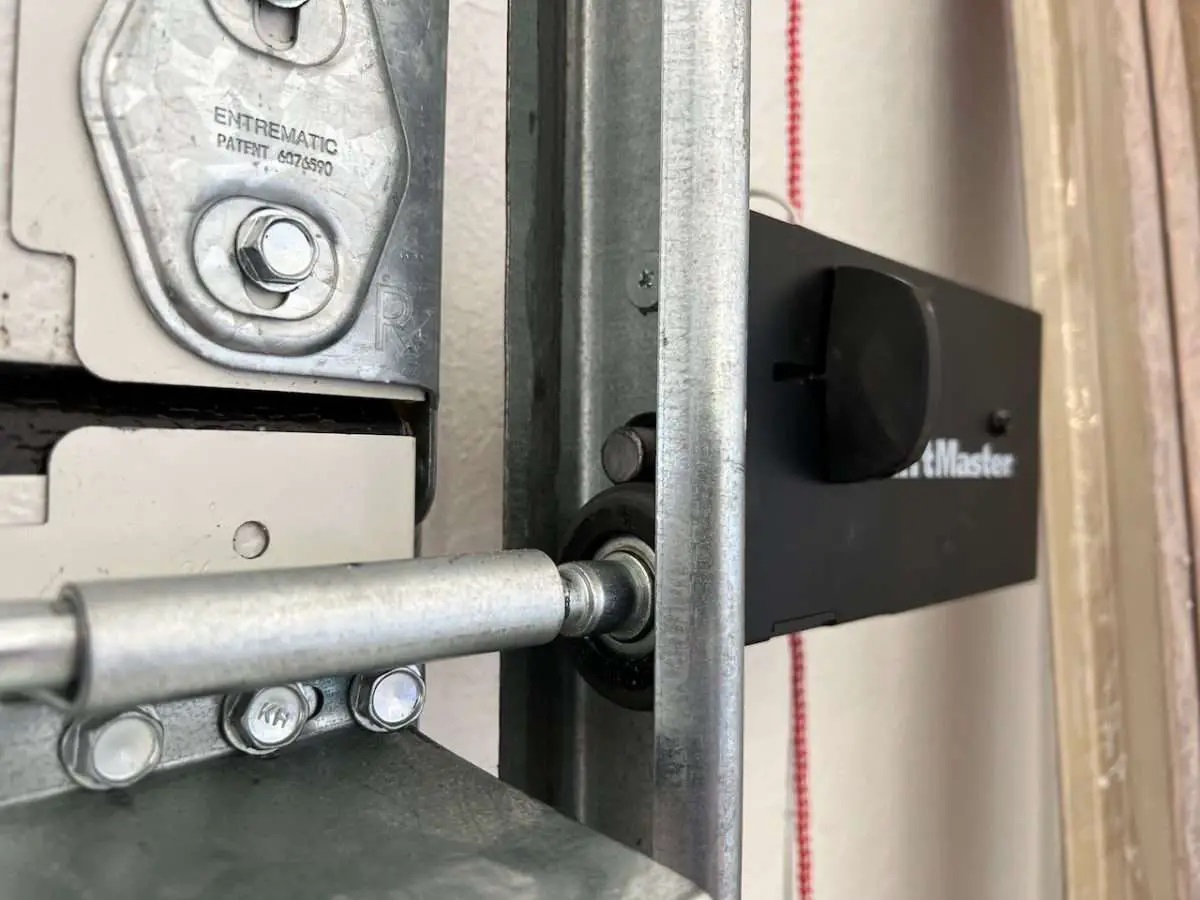
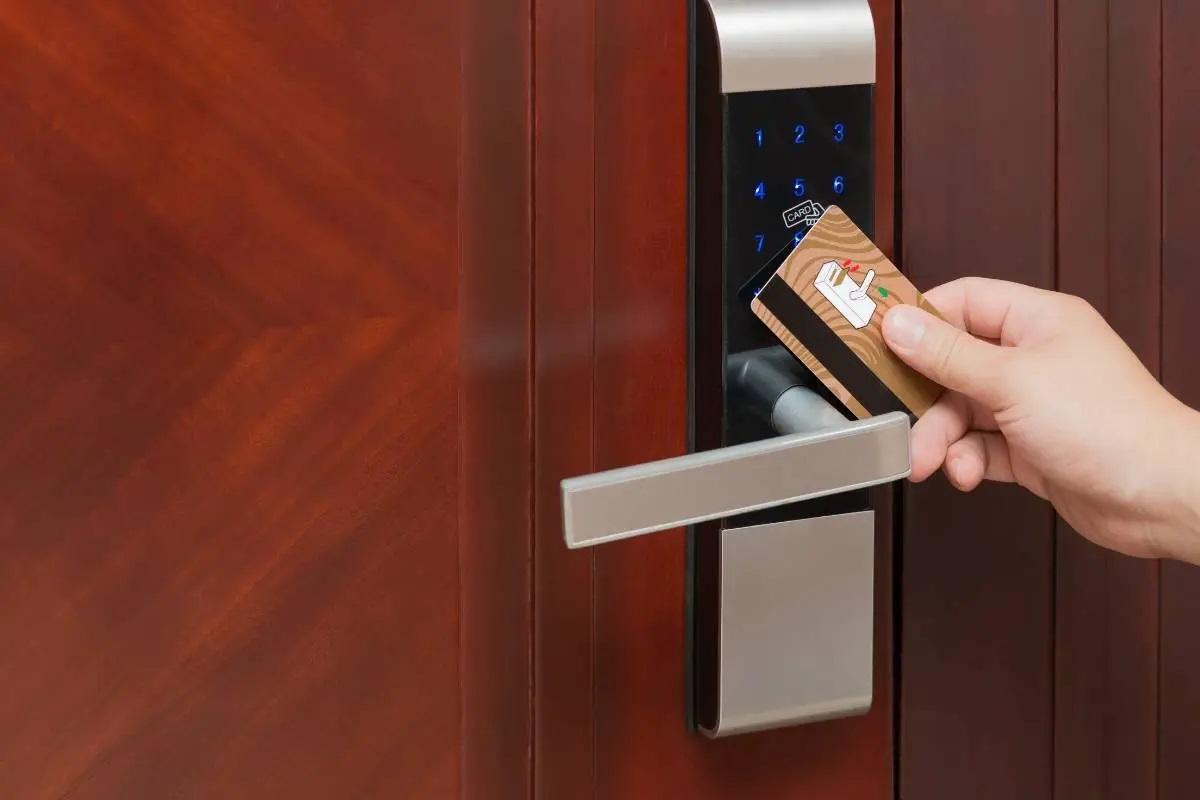
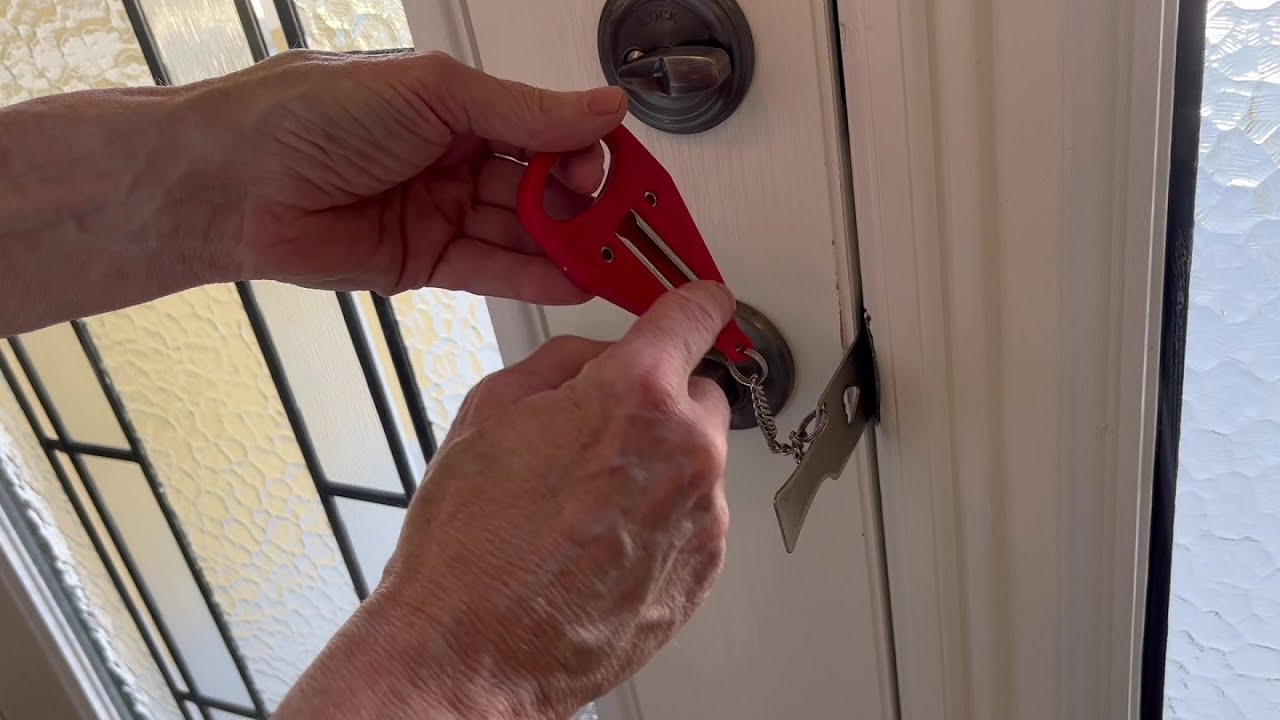
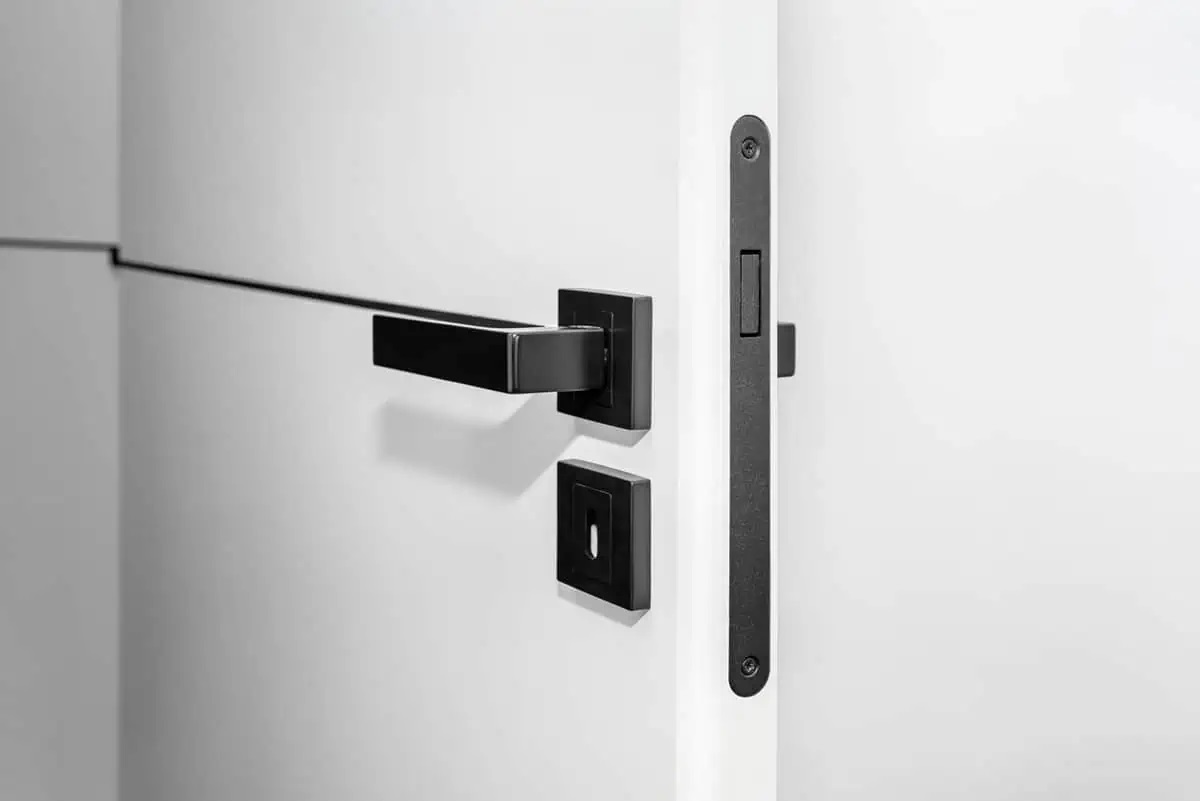
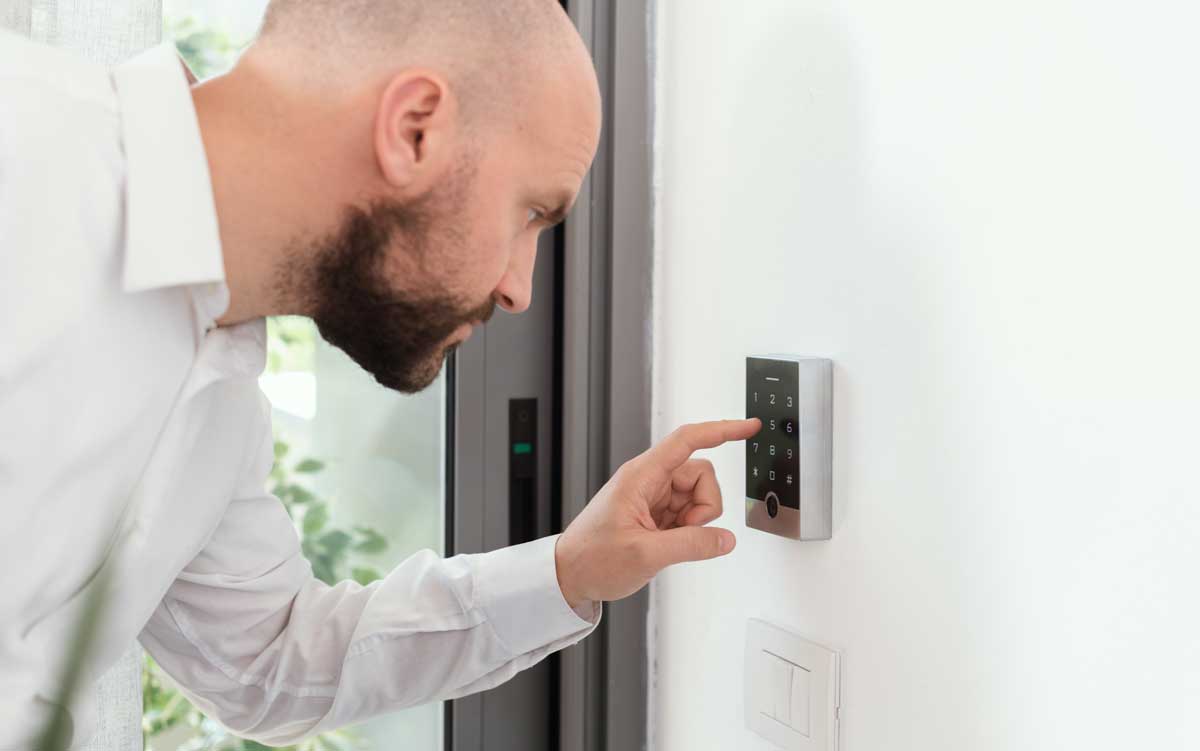
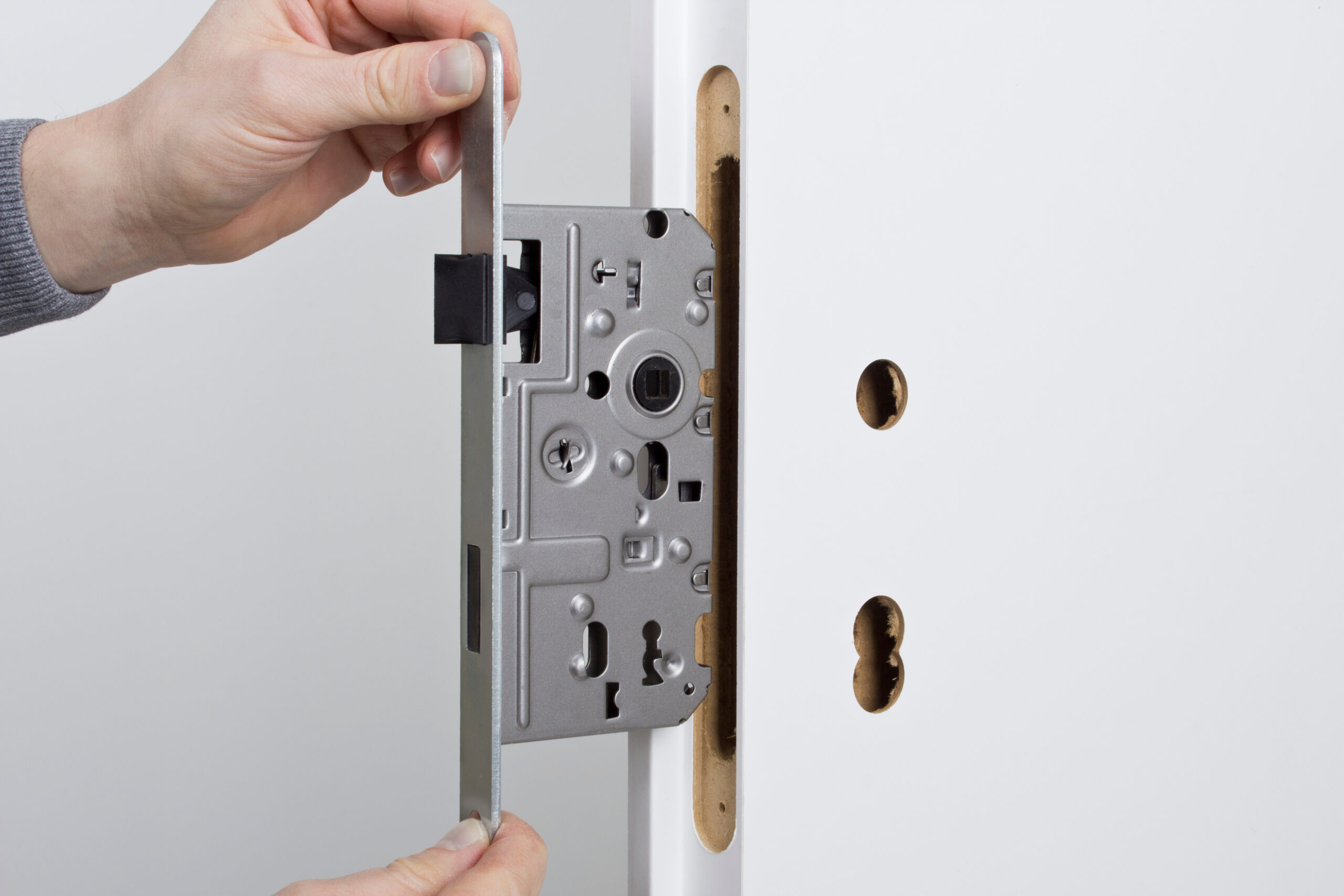
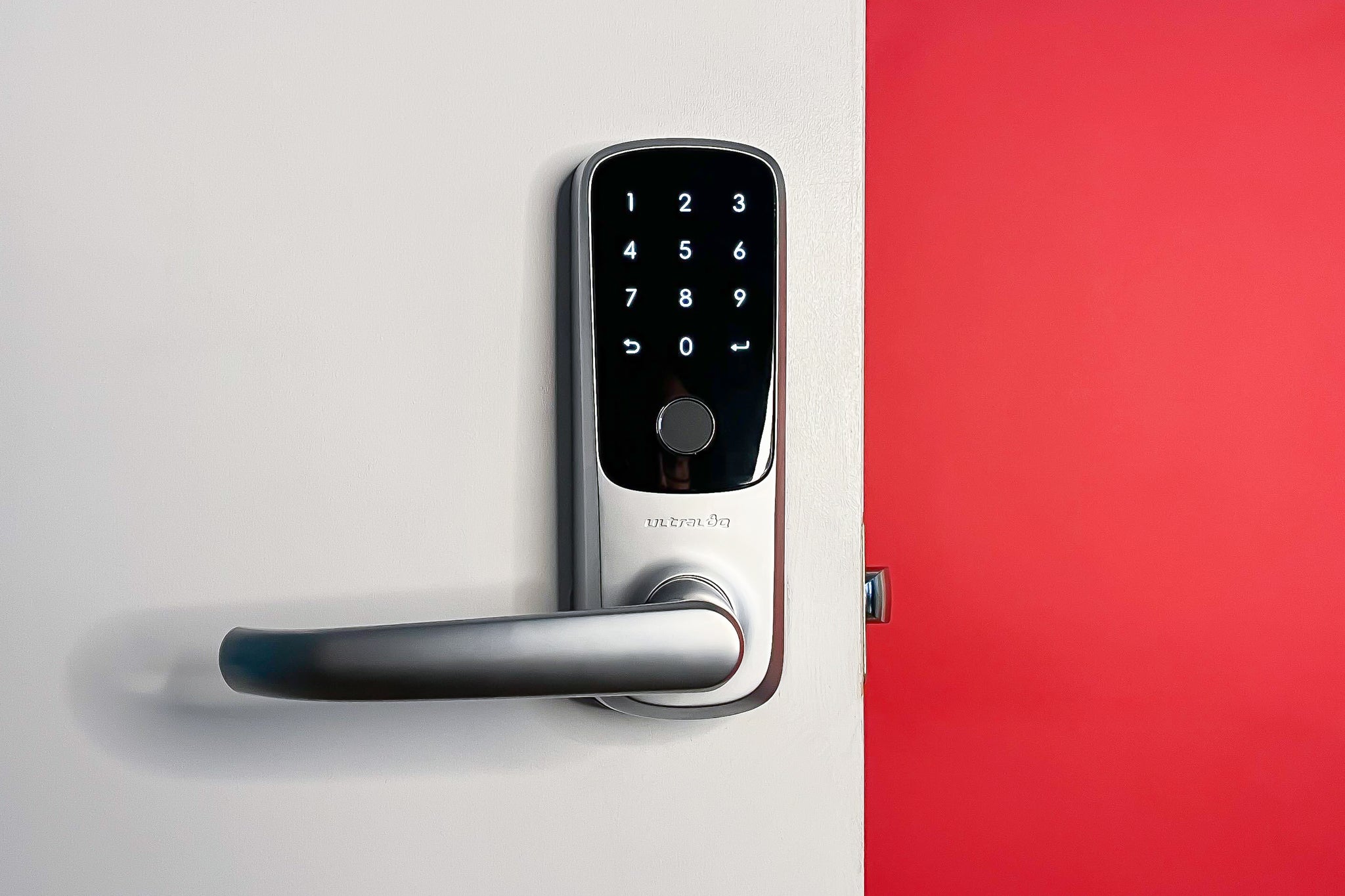
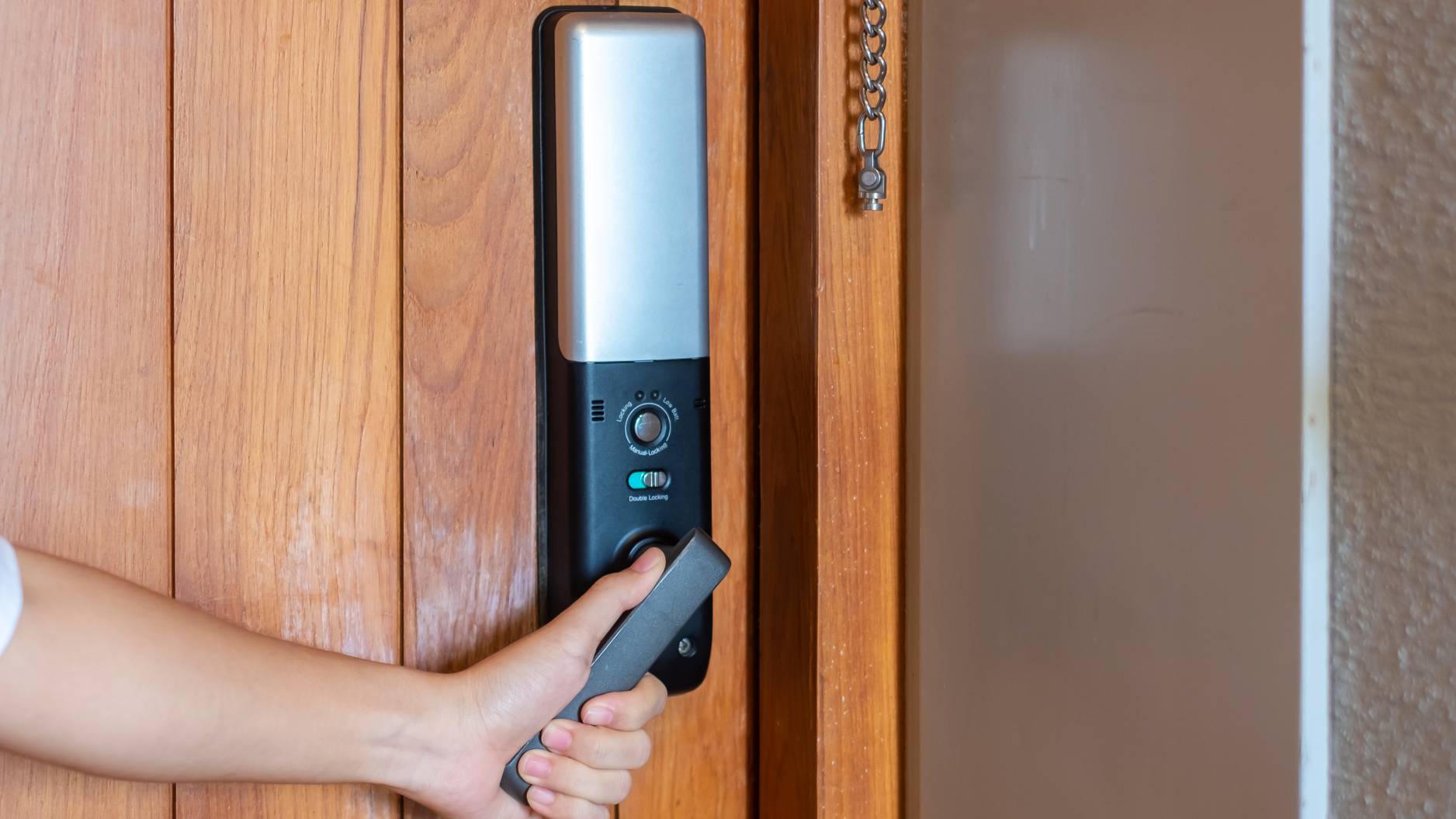
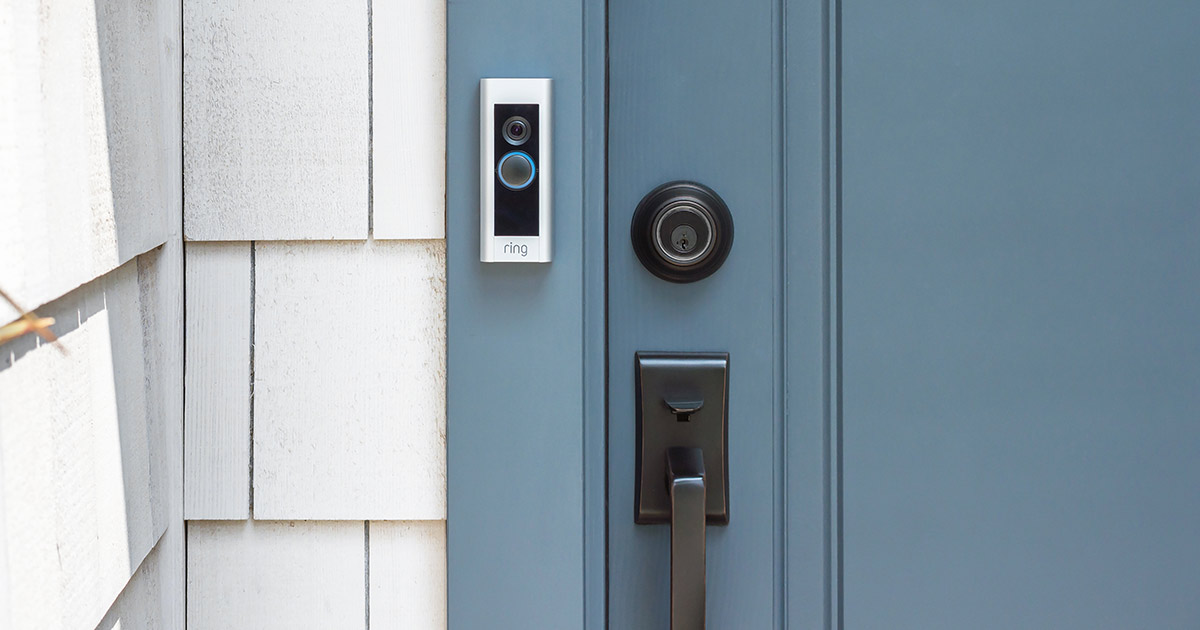
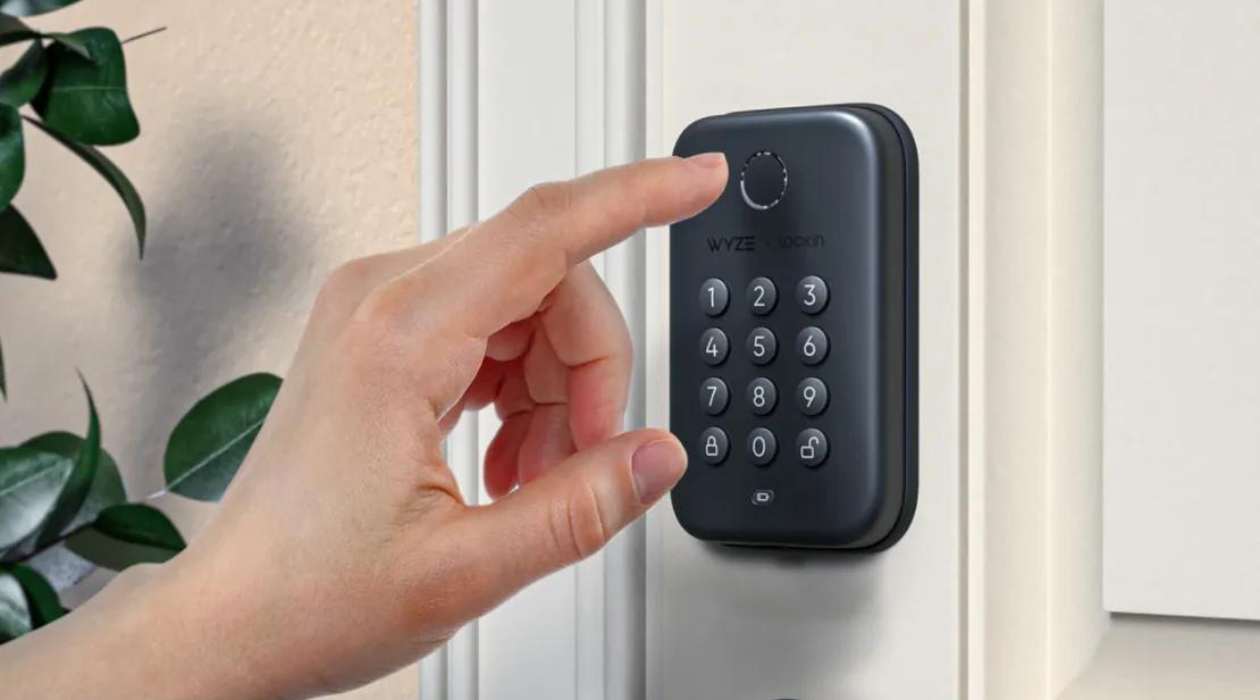
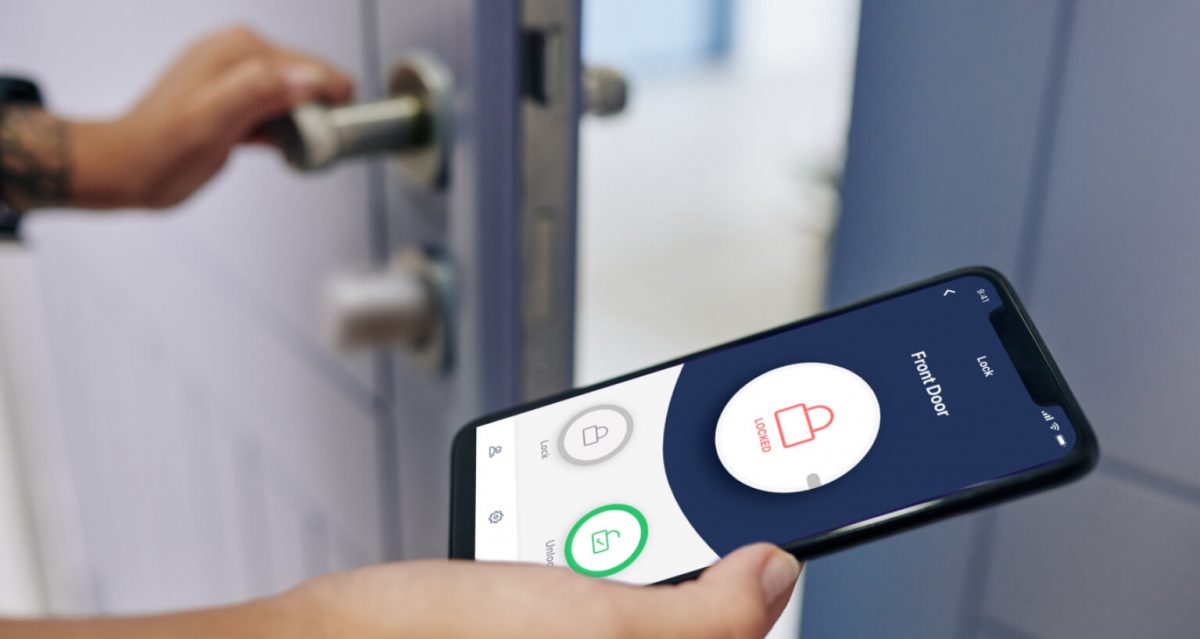
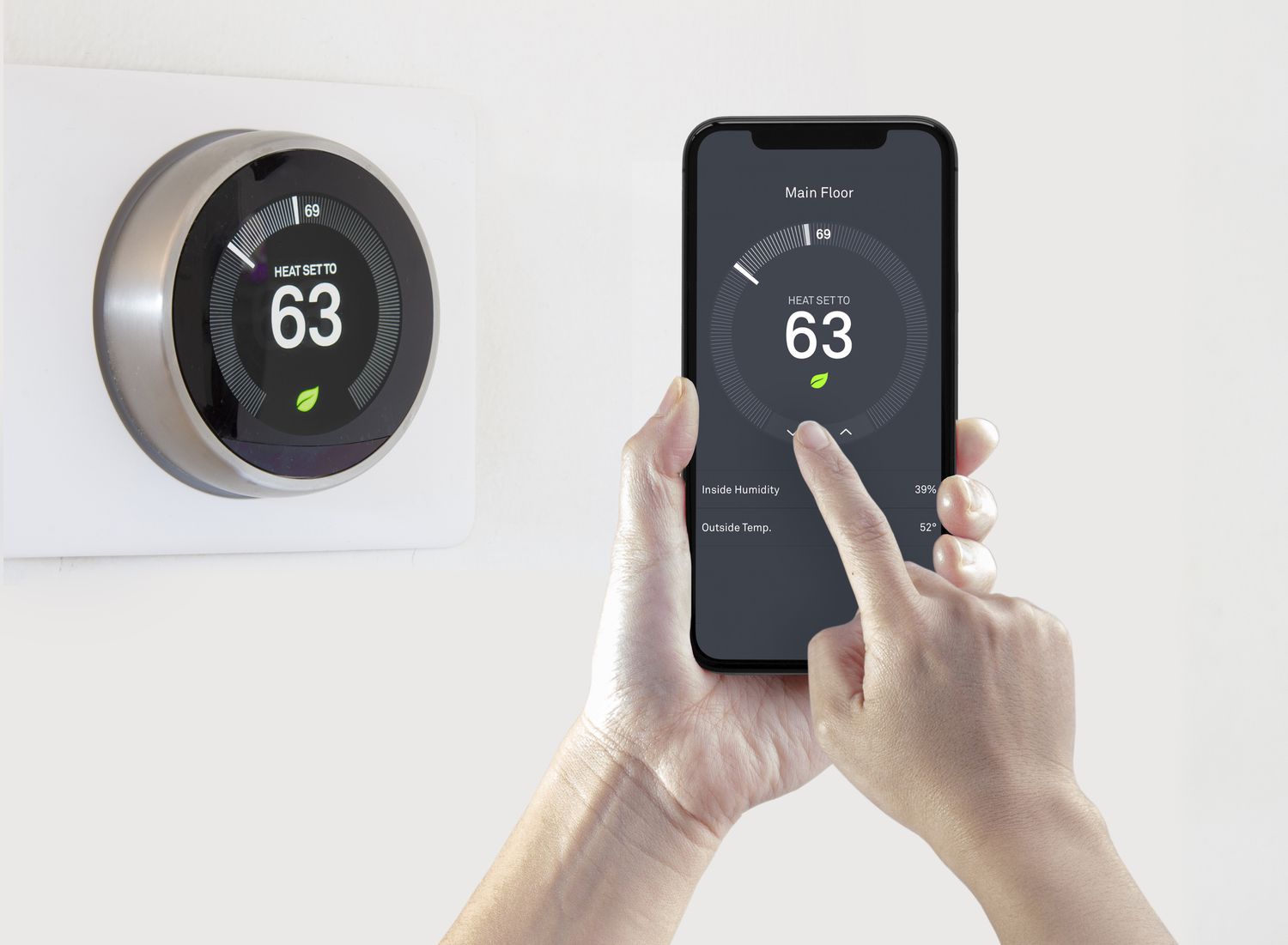
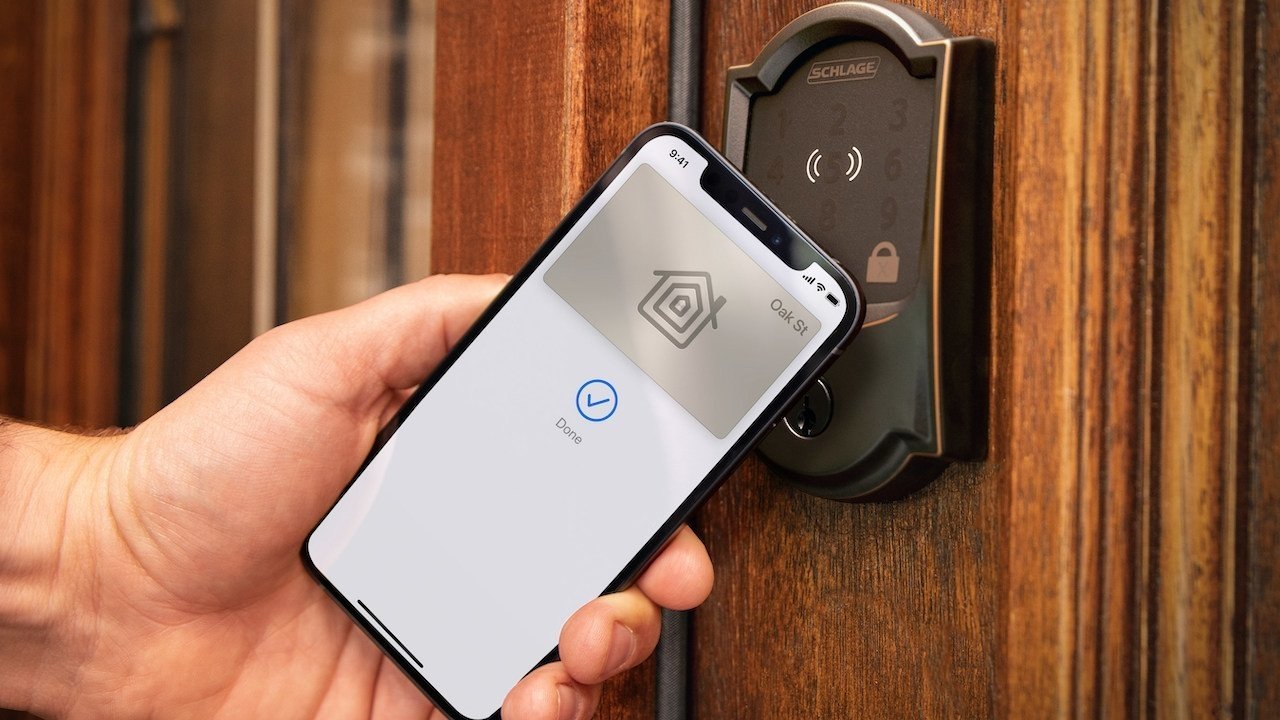
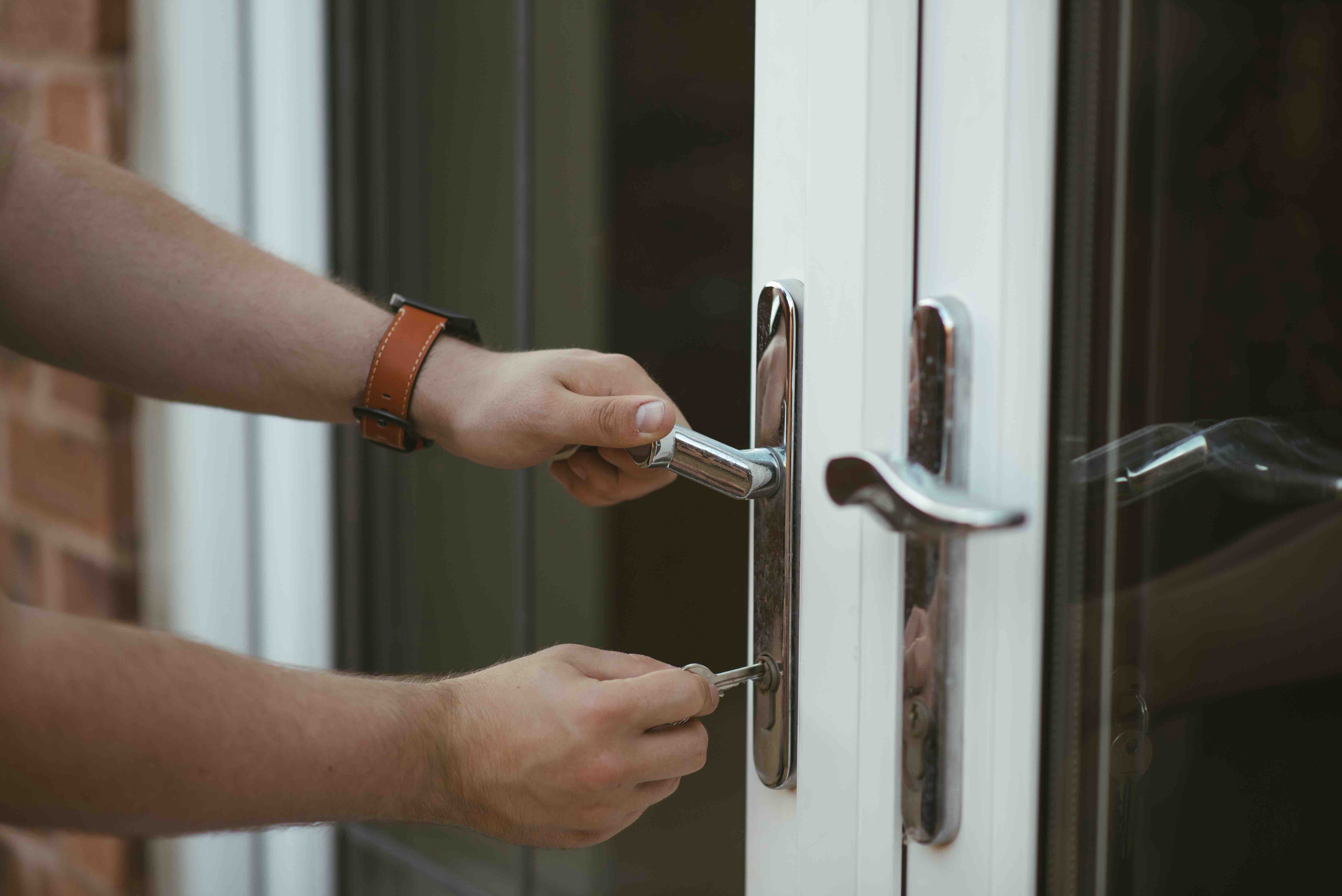

0 thoughts on “How Does A Smart Door Lock Work”